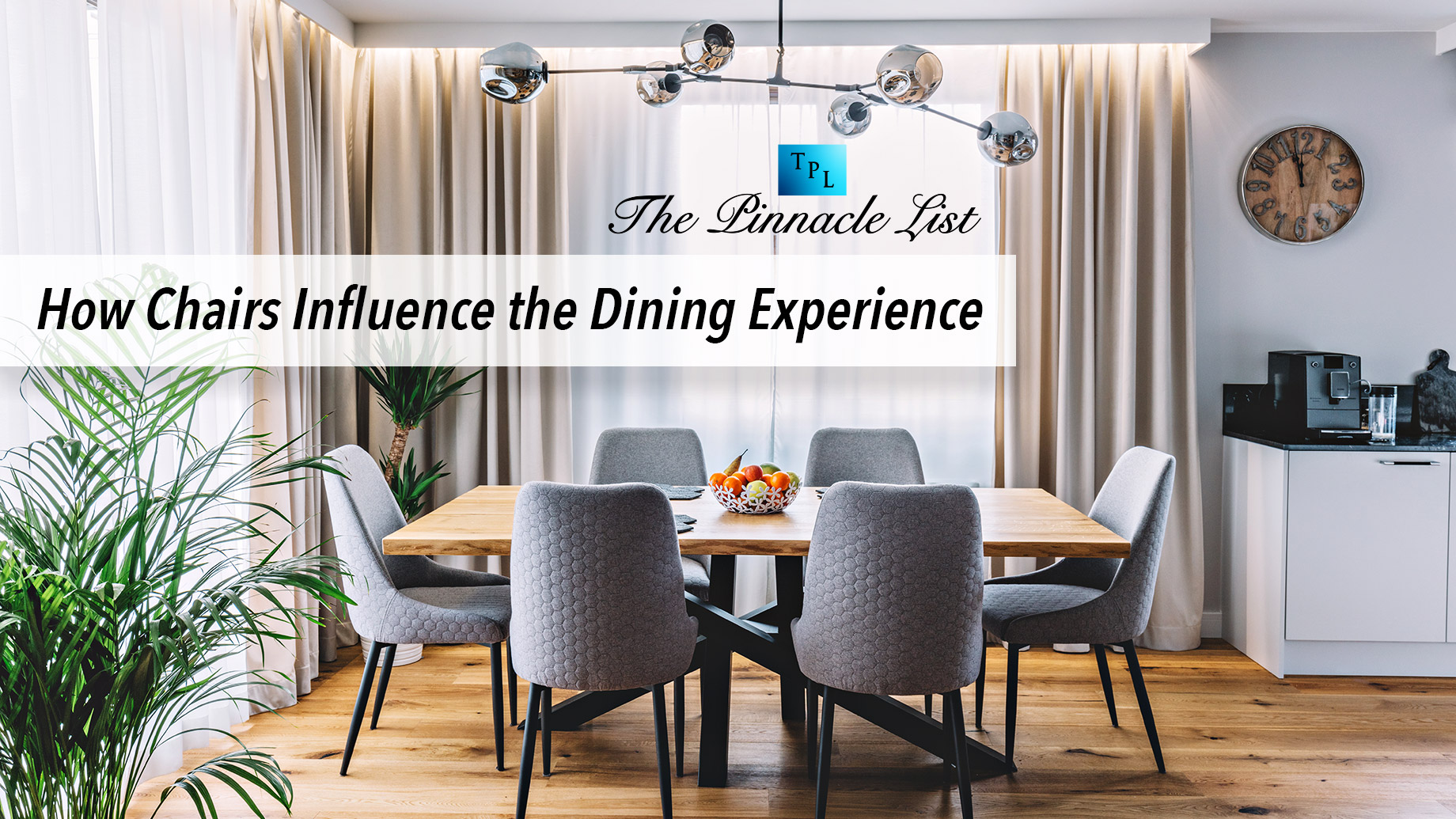
Remembering our eating experiences often brings to mind the food, the ambience, and the company we keep. Another significant element that significantly affects our dining experience is the seating arrangement. The fascinating field of studying the psychology of sitting positions impacts human behaviour, societal dynamics, and even physiological responses. This essay will examine how chairs influence our relationships, comfort, and general attitude during meals and how they are placed and made.
Power of Design
It is crucial to consider how design influences our perceptions and experiences. Eating chairs can convey various concepts and set the tone for the dining experience. For instance, a restaurant’s sleek and contemporary chair design may exude creativity, elegance, and a focus on modern cuisine. Rustic wooden restaurant chairs, on the other hand, can evoke feelings of cosiness, warmth, and heritage.
Aesthetics and Atmosphere
The aesthetic attractiveness of chairs significantly improves a dining area’s ambience. Well-designed, comfortable chairs create a cosy, welcoming atmosphere that invites patrons to relax and enjoy their meals. On the other hand, uncomfortable or mismatched chairs can detract from the dining experience and cause diners to feel out of place.
Restaurant planners usually consider the chair design when creating a theme and mood. For example, al fresco eating experiences may be more relaxed and informal in outdoor settings if casually styled, lightweight, weather-resistant seats are used.
Status and Social Signalling
Furthermore, chairs influence social signalling and status dynamics. The placement of chairs can indicate social status in formal settings such as elegant dining rooms or formal events. For instance, the seats in the centre of a table, known as head chairs, are usually reserved for hosts, VIPs, or other individuals of more status, while the seats around the edges are seen as less prominent.
In the same vein, a chair’s design may convey exclusivity or universality. High-backed, comfortable chairs can exude exclusivity and elegance, instilling in users a feeling of entitlement. Conversely, simpler, more practical seats are usually seen in public eating areas, where they promote equality and a sense of shared experience among diners.
Comfort and Wellbeing
Aesthetics, social cues, and the comfort and ergonomics of dining chairs significantly influence our eating experiences. Ergonomics studies designing spaces, infrastructure, or goods to optimise human performance and well-being. Dining chair ergonomics may significantly affect diners’ overall satisfaction, posture, and comfort level.
Posture and Support
Encouraging good posture and providing sufficient body support are two of the primary objectives of ergonomic chair design. Proper posture not only increases comfort but also reduces the risk of developing musculoskeletal issues such as back pain or neck strain. Dining chairs with comfortable seat cushions and a backrest that supports the lower back can help patrons maintain proper posture as they eat.
Duration of Seating
Dining chair design and comfort requirements are also influenced by the seated time. In elegant restaurants or during formal dinner parties, guests may spend many hours at the dining table. In these cases, chairs need to be visually pleasing and sustain prolonged sitting without becoming tiresome or uncomfortable.
Restaurants and event coordinators can select chairs with adjustable features, ergonomic designs, or cushioned seats to accommodate varying sitting lengths. Armrests and cushioned chairs are additional features that suit different tastes and enhance overall comfort.